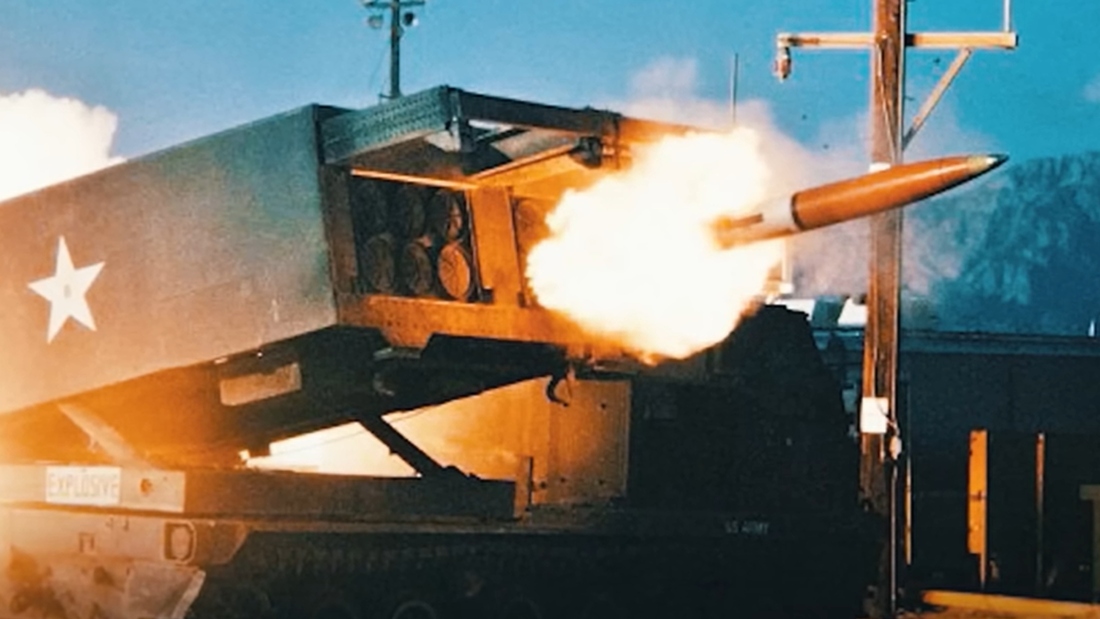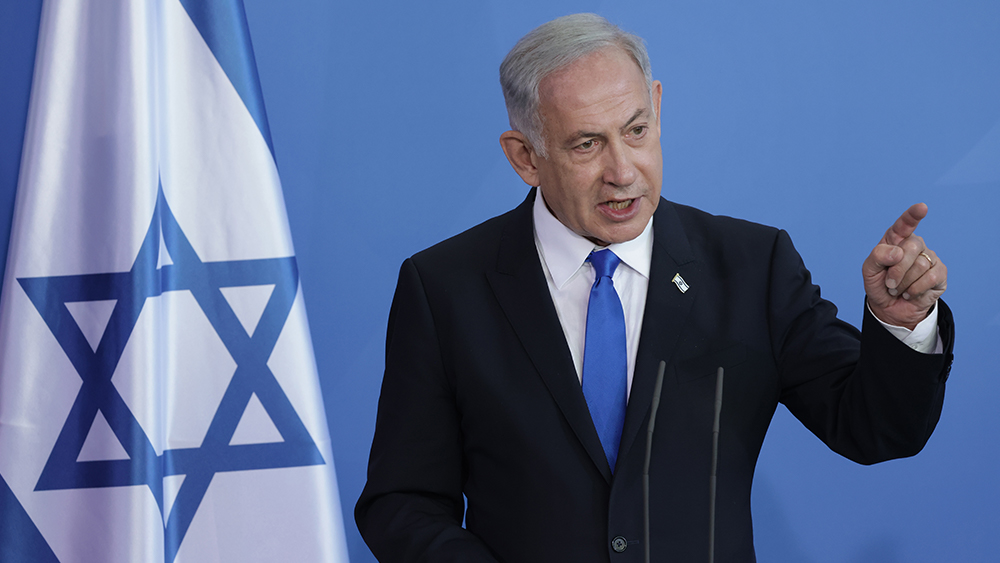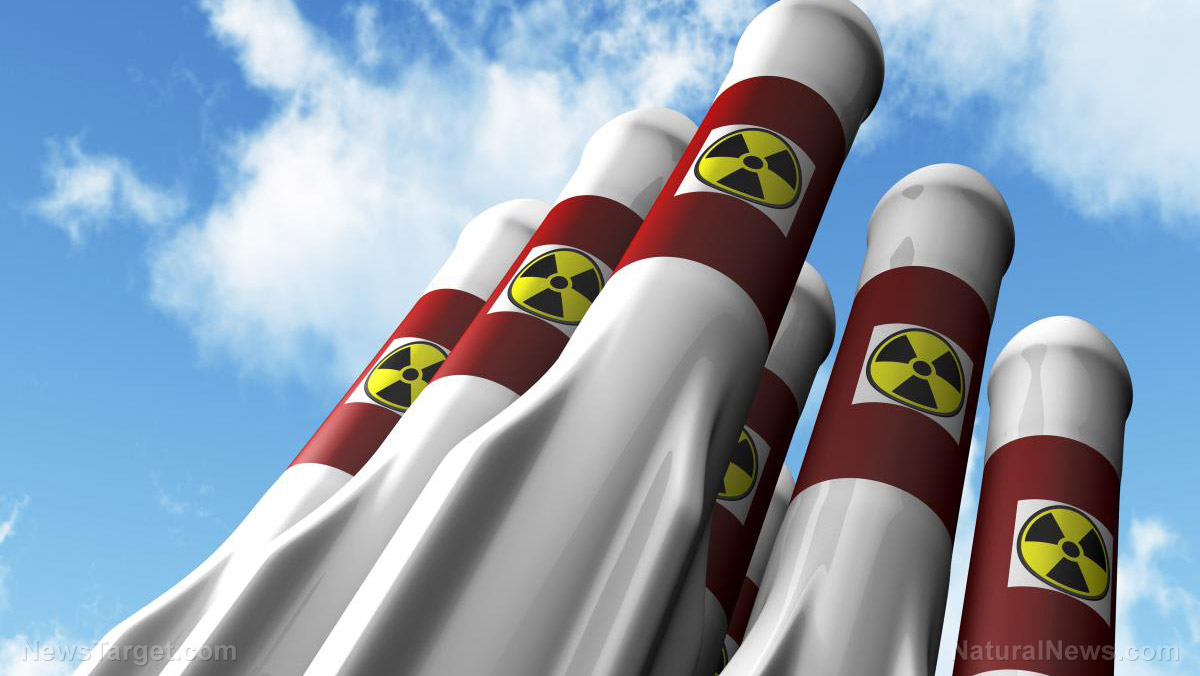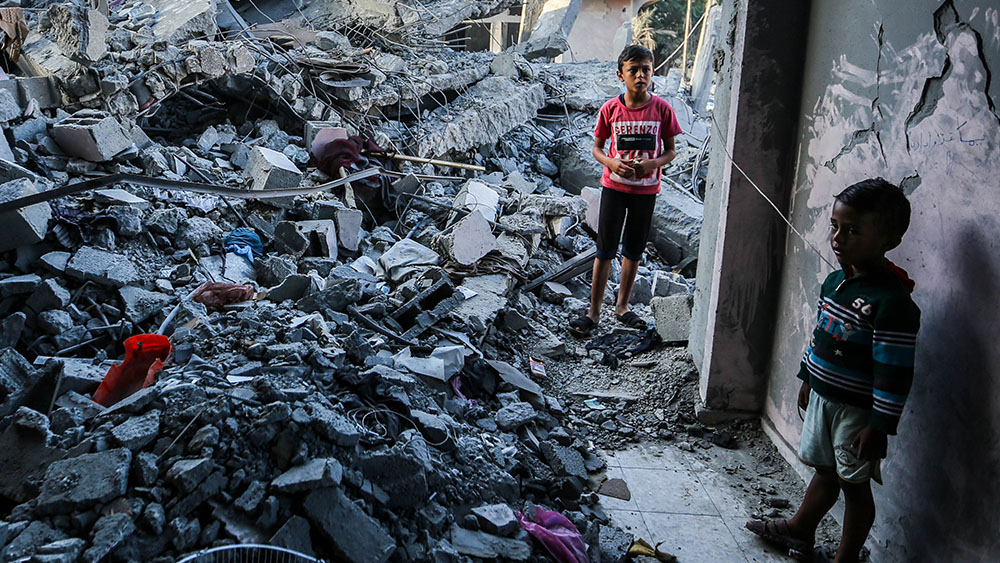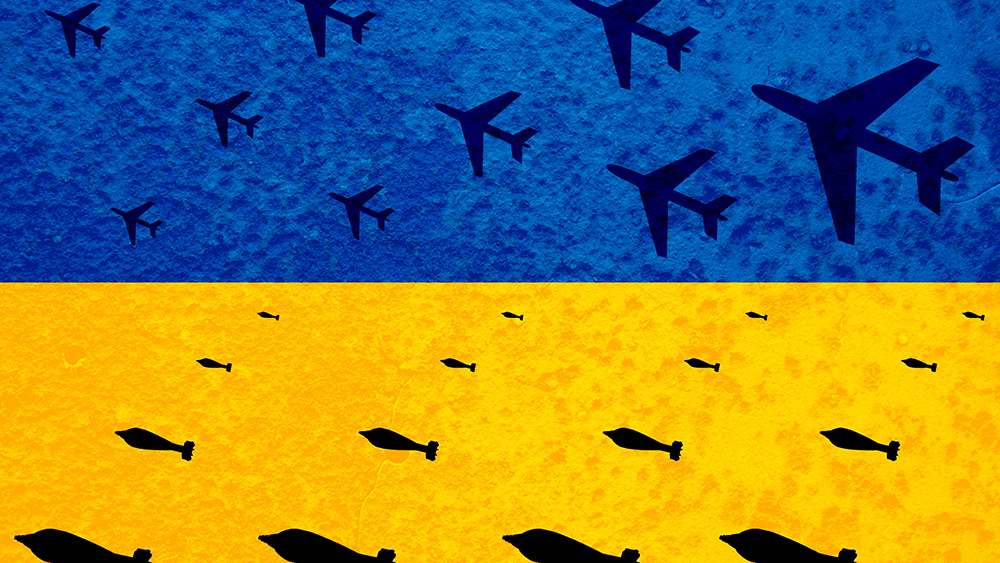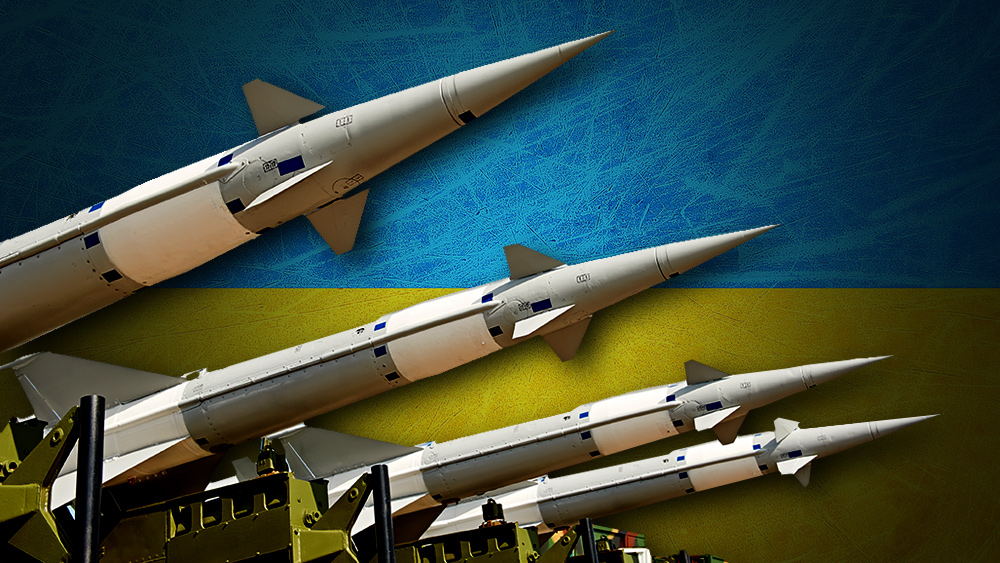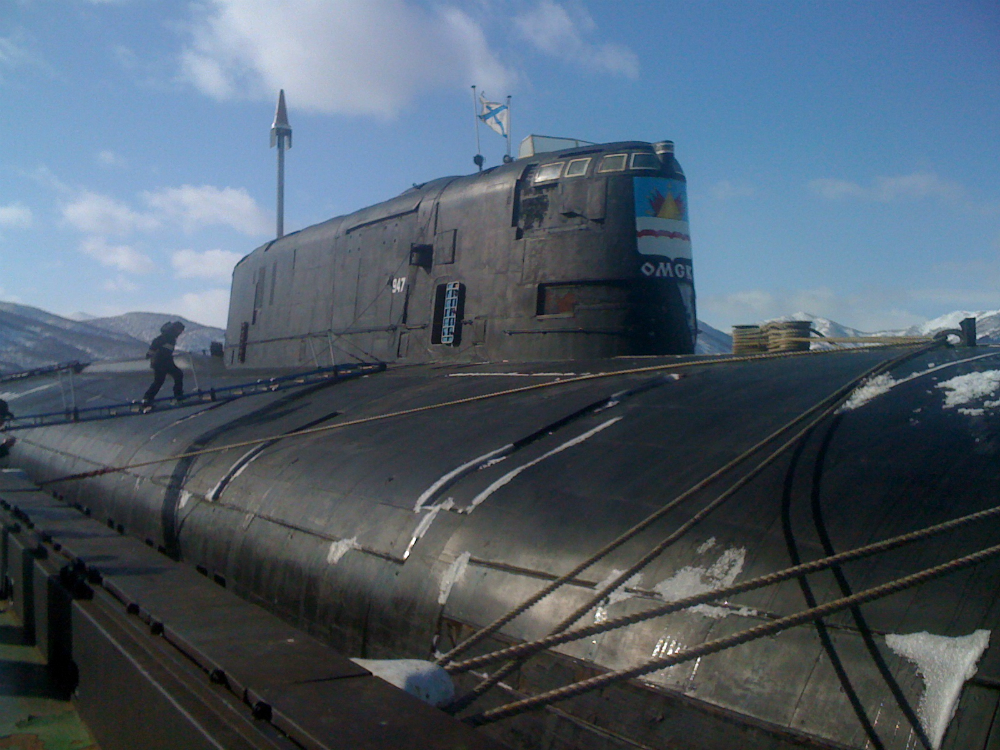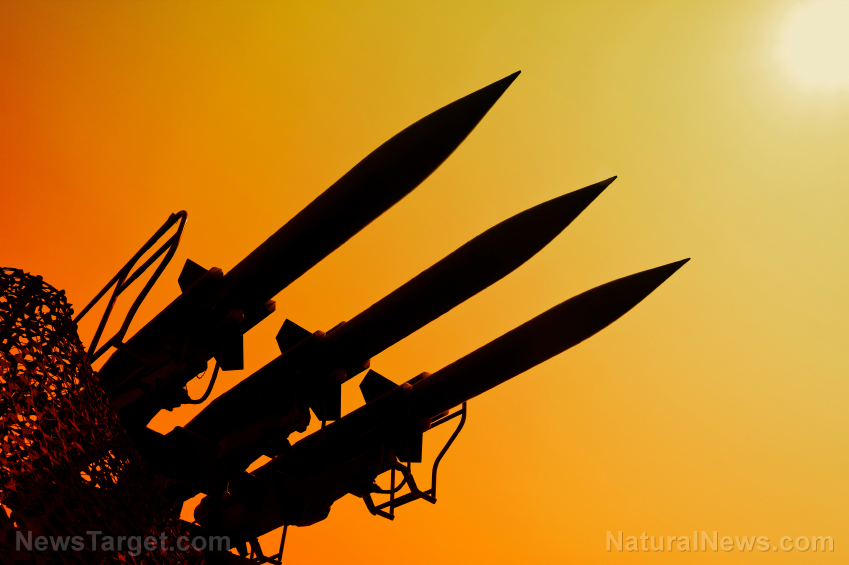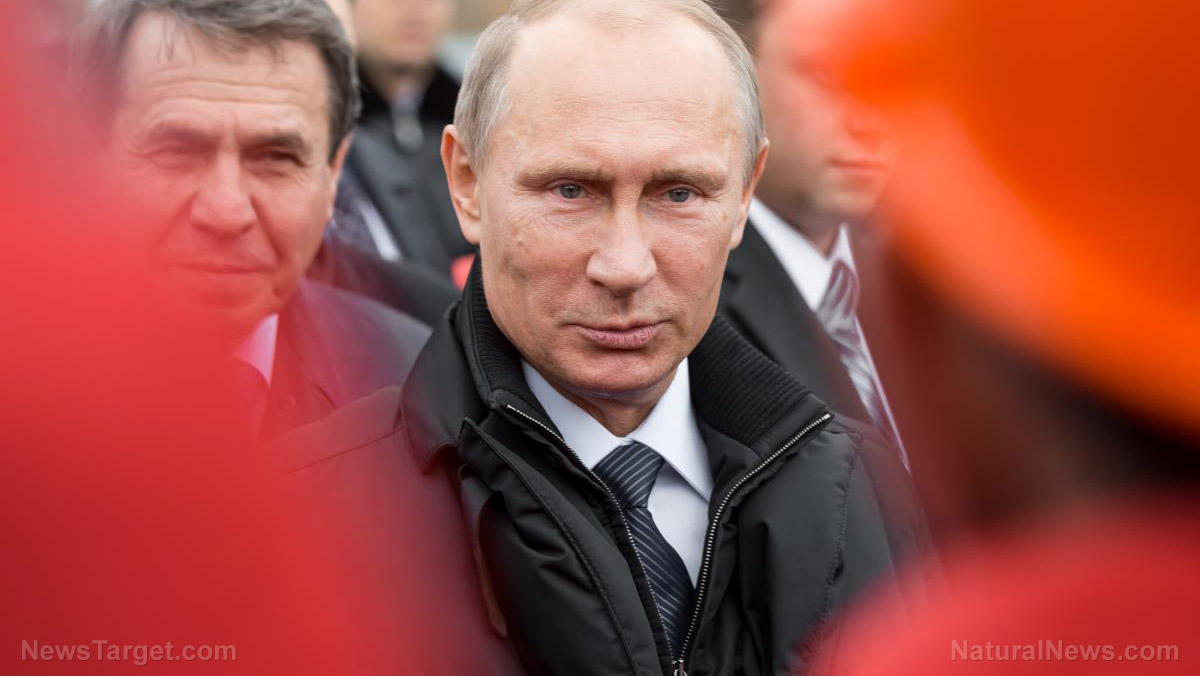U.S. and Canadian fighter jets intercept Russian and Chinese bomber aircraft near Alaska
07/29/2024 / By Kevin Hughes

American and Canadian fighter jets were forced to confront Russian and Chinese nuclear-capable bombers when they strayed too close to the United States’ airspace near Canada.
American and Canadian fighter jets identified, tracked and intercepted two Russian Tupolev TU-95 and two Chinese Xi’an H-6 bombers on Wednesday, July 24. They were being covered by Russian Su-30 and Su-35 fighter jets as the squadron of aircraft patrolled close to Alaska.
In response, the U.S. Air Force and the Royal Canadian Air Force deployed their own squadrons of fighter jets – believed to be F-35, F-16 and F-18 fighters – to intercept the Russian and Chinese aircraft.
The planes were first spotted by North American Aerospace Defense Command (NORAD) through satellite and radar. NORAD indicated that the four bombers did not enter either American or Canadian airspace, but they did stray close enough into Alaska’s air defense identification zone (ADIZ). However, NORAD made it clear that the bomber patrol did not present a threat to either Canada or the United States.
A nation’s ADIZ is a self-declared buffer zone in international airspace in which nations survey flight movements for possible national security threats.
Russian and Chinese government statements claim that the joint bomber patrol stressed the increasing military cooperation between the two nations. A statement from the Russian Defense Ministry claimed that the five-hour joint patrol happened in a “new area of joint action,” and that the planes “acted strictly in accordance with international legal status [and] did not violate the airspace of foreign countries.”
A Chinese spokesperson supported this statement, claiming that the patrol had “nothing to do with the current international situation,” and that its maneuvers in international airspace close to Alaska was supposedly not focused on any third country.
First intercept of Chinese military aircraft near Alaska
Alexander Korolev, an expert on Russian-Chinese military partnership at the University of New South Wales in Sydney, stated the flight indicated a concerning first for America.
“It is not unusual for Russian bombers flying through the [Alaska] ADIZ to be intercepted, but I believe it is the first occurrence of a joint Russian and Chinese flight in that zone,” Korolev said.
Although Beijing and Moscow have not signed a mutual defense treaty, the two countries have been training together for almost two decades. That activity has increased over the past six years but was mostly confined to airspace close to China, in Japan, over the western Pacific and around Taiwan and the Philippines.
Korolev said the recent patrol was “notable for being the first intercept of Chinese military aircraft near Alaska.”
But Russia has maintained a high level of military activity near U.S. airspace. Back in February, the U.S. identified four Russian warplanes flying in Alaska’s ADIZ and another Russian military aircraft in May 2023.
Russian warplanes were also intercepted there twice in a single week in February 2023 and in that same month, a Chinese spy balloon was identified near Alaska before ultimately working its way across the continental America and being shot down off the coast of South Carolina.
Military activity by the U.S., Canada, Russia and China has also increased in the Arctic region. Moscow recently released a statement indicating that it deployed fighter jets to intercept two American long-range bomber aircraft that flew close to the Russian border over the Barents Sea in the Arctic. (Related: Russian jet fighters DRIVE AWAY 2 U.S. bombers near its Arctic border.)
Russia has expanded military operations in the Arctic Circle, along with tests of modern hypersonic missiles.
In early July, Canada’s Defense Ministry reported its plans to obtain 12 new submarines capable of traveling under sea ice to boost the country’s ability to defend its massive Arctic coastal area. The Defense Ministry also warned of China’s plan to grow its own submarine fleet, and Russia’s ability to use its submarines to gather intelligence in Arctic waters.
Follow WWIII.news for more news about growing tensions between the U.S. and Russia and China.
Watch the video below about U.S. fighter jets intercepting Russian and Chinese bombers entering near its protected airspace close to Alaska.
This video is from the TrendingNews channel on Brighteon.com.
More related stories:
Putin takes a ride in a NUCLEAR-capable bomber that can reach the U.S.
North Korea scrambles fighter jets after U.S. spy plane enters its economic zone.
Sources include:
Submit a correction >>
Tagged Under:
air defense, air defense identification zone, Alaska, big government, bombers, border security, Canada, chaos, China, conspiracy, dangerous, military, military tech, national security, nuclear bombers, panic, Russia, self-defense, weapons technology, WWIII
This article may contain statements that reflect the opinion of the author
RECENT NEWS & ARTICLES
COPYRIGHT © 2018 MILITARYTECHNOLOGY.NEWS
All content posted on this site is protected under Free Speech. MilitaryTechnology.news is not responsible for content written by contributing authors. The information on this site is provided for educational and entertainment purposes only. It is not intended as a substitute for professional advice of any kind. MilitaryTechnology.news assumes no responsibility for the use or misuse of this material. All trademarks, registered trademarks and service marks mentioned on this site are the property of their respective owners.



